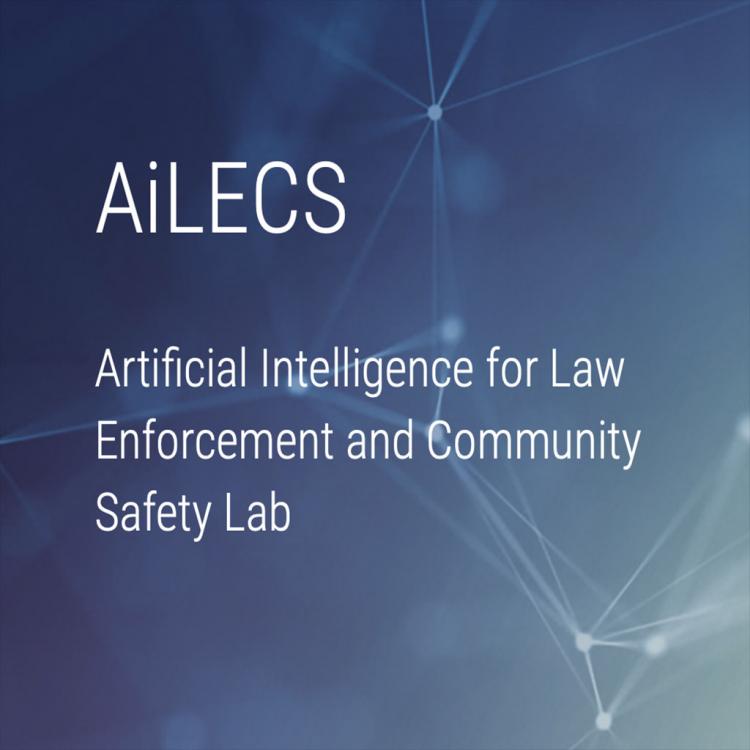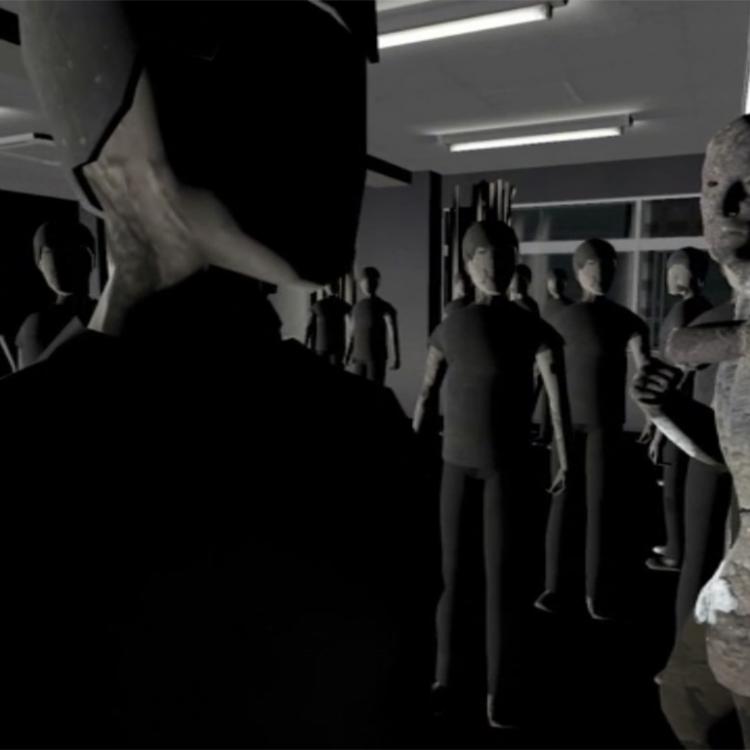This project heavily focuses on maps (e.g. GoogleMaps or Open Street Map). We will explore various properties of road networks, including the granularity of road networks, routes and trajectories on road networks, and query processing on road networks.
A number of inter-disciplinary collaboration exists, including transportation to hospitals, urban sprawl analysis, and geospatial in sustainability (e.g. analysing placement of rubbish bins on streets).





